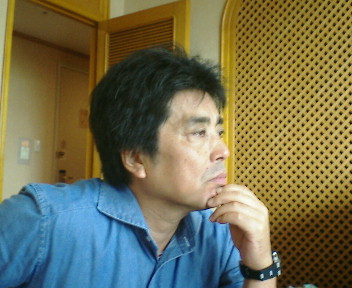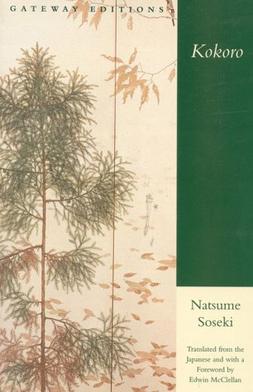It is already one month since I visited Kyushu! Time flies... and it does much more now, that I am busy at work. I just talked about Fukuoka, which was the first city I visited in that trip.
Today, it is the turn for Nagasaki, one of the most interesting destinations in Japan in my opinion. I did not know much apart from the fact Nagasaki was the only point of contact of Japan with China and Europe for centuries and that the US army chose it as one of its infamous nuclear bombs targets.
The city has so much to offer it is difficult to know where to start. I will just follow the order in which I visited the places. In the morning, I visited the atomic bomb epicenter area. As you can imagine, the area is full of memorials (parks, a museum, etc) and explanations about the damage the bomb inflicted to the city. It actually killed a large percentage of its population... It also destroyed some of Nagasaki's cultural heritage, partly of which has been restored.
This is the Peace Memorial Park:

And this is the epicenter area. Around 65 years ago, the second atomic bomb used against Japan in WWII exploded here.

Around one km away from the epicenter, I found a very interesting sight: the second Torii in Sanno Jinja. A torii is a typical Japanese gate you can see at any shrine in Japan. The particularity of this one is that the atomic explosion blew away half of it, whilst the other half is still standing today. An intriguing sight.

Time for real history now. In 1542, the first European arrived at Japan. A Portuguese boat accidentally arrived in Nagasaki and some Spanish and the Dutch followed. The Portuguese and Spanish were banned from Japan because they tried to convert Japanese to Christianity and that was not welcome by the governors of Japan at that time. Only the Dutch, only interested in commercial transactions, were allowed to stay. However, they had to live in a small artificial island just off the shore. Consecutive Dutch expeditions came there and lived in crowded houses which where a mix of western and japanese architectures.

Nagasaki's exposure to Christianity was brief but very influencial. Up to 25000 Japanese remained being Christians hiddenly until Meiji restauration (end of XIXth century), when Christianity was legal again. A nice church was built at that time: Oura Church.



Nearby, in the top of one of the hills, the former foreigners settlement during Meiji era. Now, that area is known about Glover Garden and it is a nice stroll.



The views over the city and the harbor are just amazing!





This is the house where Mr Glover used to live... a nice western style house! In Japan!
Another nice house up in the hills!!
On the other part of town, the typical Japanese shinto stuff ;) in the famous Suwa Jinja.
Nagasaki also had (has) a pretty large Chinese population living in China town. When I visited, it was Nagasaki Lantern Festival and the streets around Chinatown where decorated with Chinese lanterns. The influence of China was also clear in the architecture of temples.
This temple, Sofuku-ji, is the only temple in Japan which is 100% Chinese. A really exotic place to relax for a while after an intense day!!
At night, I went to the heart of Chinatown and enjoyed the dragon and lion dance performances in the streets.
Some lanterns were really elaborated!
Nagasaki has been one of the cities I have enjoyed the most in Japan and I highly recommend to everybody to go there if possible!! It is not so hard to get to Kyushy after all if you have a JR pass and you are traveling Japan!!!! You wont regret it!!




























































